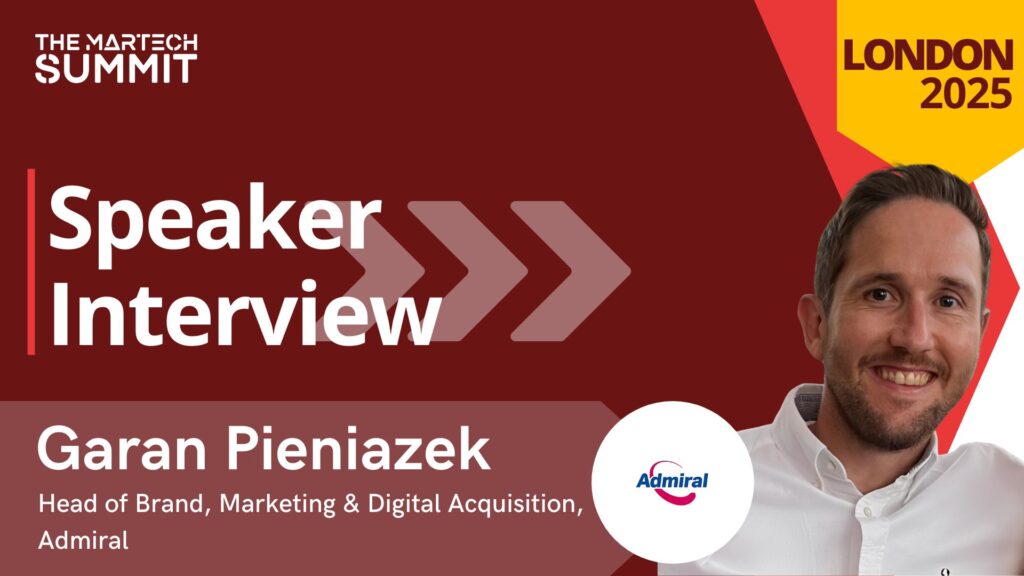
15 Reasons You’re Not Ready to Run Ads (Yet!)
Running paid ads can be a game-changer, but only if you have a solid foundation. If you’re not ready, you could be throwing money away. In this guide, Silvia will walk you through 15 critical red flags that indicate you should hold off on paid advertising until you’ve addressed them. If you recognize at least eight of these in your business, take a step back and fix these issues first—your future self will thank you!
About Silvia Coletto
I’m Silvia Coletto, founder of the Paid Ads School and a paid advertising specialist—what I like to call a “professional stalker.” My job is to strategically follow people around the internet until they finally decide to buy from my clients. Over the past eight years, I’ve worked with both B2B and B2C businesses, ranging from solopreneurs and startups to companies spending £100,000 per month on ads.
In the last couple of years I shifted my focus to small and medium businesses. Unlike large corporations, they need to be extra careful with their advertising budgets. They can’t afford to simply “turn on ads and see what happens.” That’s why in this blog I won’t teach you how to create ads (because, honestly, that’s the easy part). Instead, I’ll help you determine whether you’re even ready to run paid ads in the first place.
(And if you’d like to dive deeper, my book Are You Ready for Paid Ads? is available in both paperback and Kindle format for roughly the price of a coffee!)
15 Red Flags That Show You’re Not Ready for Ads
1. You Don’t Know Exactly Who Your Client Is
It should go without saying, but if you can’t clearly describe your ideal customer – especially their struggles and how you solve them – then you have a problem. If you’re unsure why someone should choose you over a competitor, you need to solve that first.
2. You Can’t Accurately Describe Your Customer’s Buyer Journey
Do you know the steps your customers take before they make a purchase? Where do they research? What questions do they ask? What problems are they trying to solve? Understanding their journey is crucial because paid ads aren’t a substitute for other marketing efforts. If your other touchpoints (organic search, social media, email marketing, etc.) aren’t in place, paid ads simply will not work the way you hope they would.
3. You Don’t Have a Defined Offer
Your offer must be specific and clear. Before they sign up, customers should know exactly what you will do for them. If they don’t, they won’t trust you enough to make a purchase. Vague messaging, both on ads and on the website, is the death of advertising. Be specific, or your ads will fail.
4. You Don’t Know What You Want Your Ads to Achieve
What’s your goal? Website visits? Webinar signups? Phone calls? Purchases? If you don’t define it, your audience won’t know what to do, and your ads will flop. Clear objectives are non-negotiable.
5. You Don’t Have a Robust Sales Process
Once leads come in, what happens next? If your sales process is leaky, you’ll waste money on ads that generate leads you can’t convert. Your system doesn’t have to be complicated, but it must be watertight.
6. You Don’t Know Your Numbers
You need to know your conversion rate. How many inquiries turn into sales? If one in five leads converts, you need to calculate how many inquiries you need to hit your revenue goals. It goes without saying that this applies to e-commerce businesses as well, just without the inquiry step. Understanding these numbers helps determine your budget and keeps your ads profitable.
7. You Expect Immediate Results
Advertising doesn’t generate overnight success. You can’t have ROI before you try. Initially, you’ll only have industry benchmark data. It takes two to three months of testing before you can make accurate projections based on your own results. Anyone who promises instant success is lying.
8. You’re Not Making Sales Organically
If you aren’t getting organic sales, paid ads won’t magically fix the problem. They’ll just amplify what’s broken. Fix your organic sales strategy first – otherwise, you’ll spend money just to lose money.
9. Your Website Isn’t Mobile Responsive
At least 80% of traffic now tends to come from mobile devices. If your site isn’t mobile-friendly, you’re losing potential customers before they even consider your offer. Make sure your pages load in under two seconds (preferably one) to avoid losing impatient visitors.
10. Inquiries Drop into an Unmonitored Inbox
Leads should flow directly into a CRM or an actively monitored inbox (but a CRM really is the preferred option). Too many businesses lose potential customers simply because they fail to follow up on inquiries, whatever the reason. Don’t let this happen to you.
11. You Don’t Have a “Click to Call” Phone Number on Every Page
Your phone number should be clickable so mobile users can call with one tap. If they have to copy and paste the number manually, many simply won’t bother. It’s just an additional step they shouldn’t have to take. Do not make them work unnecessarily. Make it easy for them to reach you.
12. You Don’t Have GA4 Installed
Without analytics, you’re flying blind. GA4 (or any other Analytics of choice) helps track where your traffic is coming from, how users interact with your site, and which marketing channels are working best. Without this data, you’re wasting time and money.
13. Your Website Isn’t Managed by You or a Trusted Team
You need full access to your website. If an unresponsive agency or developer controls it, you could face delays when you need to update pages, add tracking, or make changes. Ensure your team (or a trusted third party) can make quick updates as needed.
14. You Don’t Have Conversion Tracking Set Up
If you’re not tracking form submissions, downloads, phone calls, or purchases, you have no way of knowing which traffic sources are actually driving sales. Set up conversion tracking so you can make the decision to invest in the channels (and journeys) that bring the best results.
15. You’re Not Present and Consistent Where Your Customers Are
Potential customers will check your social media to see if you’re legit. If they find little to no activity, they may assume your business isn’t trustworthy. Be active where your audience is – whether that’s Instagram, Facebook, LinkedIn, or whatever their platform of choice is. The same can, of course, be said for offline activities such as trade shows, conferences, peer groups, etc.
Final Thoughts
If you’ve identified multiple red flags, don’t panic. The good news is that you now know what needs fixing. Paid ads are powerful, but they’re not magic. Build a solid foundation first, and when the time is right, advertising will amplify your success – not your problems
Join Us Now!
Want to learn more and take your marketing strategy to the next level? Join us at our upcoming summits, where we bring innovation, networking, and thought leadership to exciting new destinations across the globe in 2025! We look forward to meeting you in person.
➡ Explore the 2025 full calendar here! https://beetc.io/2025-full-event-calendar-beetc/
➡ Interested in becoming a partner? Don’t hesitate to get in touch with us at sponsor@themartechsummit.com.
Stay up to date with our In Person Summit, Session Information, and Agenda Updates by following us on:
See more MarTech Thoughts Content/ Interview pieces here!
Last updated: March 2025













